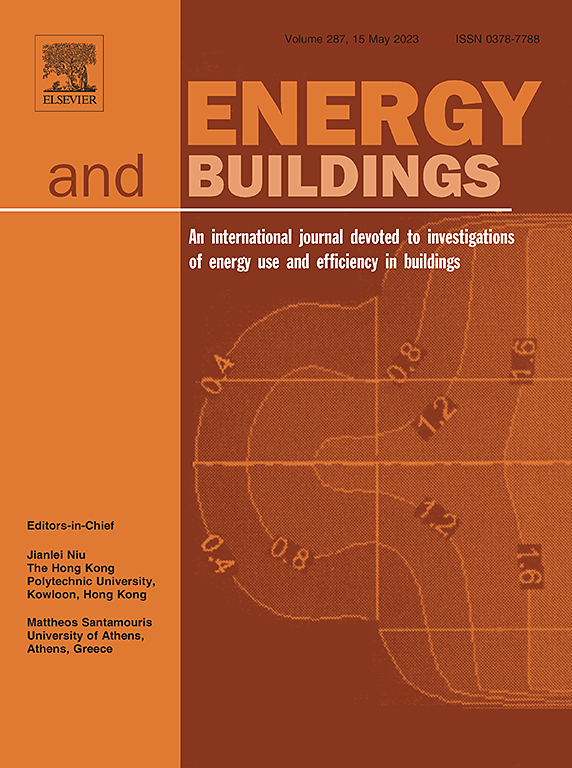Techno-economic analysis of combined cooling, heating, and power (CCHP) system integrated with multiple renewable energy sources and energy storage units

This study presents the optimal design of a multi-source renewable energy combined cooling, heating, and power (M−RCCHP) system integrated with energy storage units for an apartment community from techno-economic perspectives using response surface methodology (RSM) and dynamic evaluation. The proposed M−RCCHP system is consisted of photovoltaic/thermal (PV/T) collectors, wind turbines (WTs), fuel cell subsystem, heat pump (HP), while the battery banks and hydrogen storage tank are the energy storage subsystems. The behavior of the system is examined by a dynamic approach using the TRNSYS simulation platform. Besides, the main design variables of the M−RCCHP system are selected to find the foremost combination of them using the design of experiments (DOE) technique. The number of PV/T panels, number of WT, fuel cell power, HP cooling capacity and HP heating capacity were considered as decision variables. Overall electricity consumption (OEC) and boiler fuel consumption (BFC) as indicators of primary energy consumption of the system and predicted average vote (PMV) as an index of thermal comfort of the system and life cycle cost (LCC) as economic criteria as 4 objective functions were selected for optimization. The optimization results showed that the M−RCCHP system with 225 PV/T collectors, 15 wt, fuel cells with a power of 74.96 kW, HP cooling capacity of 50.25 kW and HP heating capacity of 20 kW achieved the best techno-economic performance during the period. The results of the system modeling showed that the fuel cell subsystem, PV/T collectors and WTs with the maximum power of 75 kW, 52 kW and 24 kW have the largest contribution in electricity production. The optimization results showed that the system cycle cost (LCC) is 323,004.96 $ per year, the system comfort coefficient (PMV) is 0.115 per year, the boiler fuel consumption is 41,067.88 cubic meters per year, and the total electricity consumption is −۳۱۷,۱۹۴.۹۴ kWh per year, as well as the amount The optimal cooling and heating capacities of HP were calculated as 50.25 and 20 kW, respectively. And finally, the error percentage of the optimization method was reported as 6.53 %.